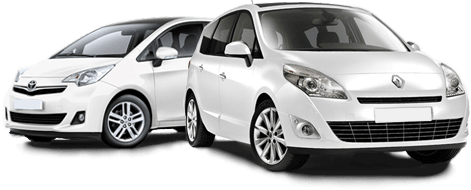Car Rental in Nevada | Book at Unbeatable Prices

Compare Prices and Book from the Top Car Rentals






Car Rental in Nevada
The Perfect Blend of Natural Beauty, History and Entertainment

Welcome to Nevada, a state brimming with mystique, beauty, and entertainment. Known world-wide for its vibrant cities like Las Vegas, it's a state that mixes the allure of the casino lifestyle with the arresting beauty of its natural landscapes. Nevada stands as a bright testament to the pioneering spirit of the West, and its rich history ranges from Ancient Native American cultures to the Gold Rush, making it a perfect destination for those in search of both excitement and relaxation.
Exploring Nevada by car is a magnificent experience. The state is known for its open roads that allow one to take in its grandness at their own pace. The Lake Tahoe area is a renowned haven for nature lovers and outdoor enthusiasts, and it's just a few hours drive from the shining neon lights of Las Vegas. For the more adventurous, the journey into the hauntingly beautiful Death Valley National Park is a must. It's a place of extreme temperatures and baffling landscapes, an alien-like terrain that stretches beyond the horizon with its saline flats, sand dunes, badlands, and canyons.
But this is just the beginning of what Nevada has to offer. The Red Rock Canyon is another must-see attraction, well known for its photogenic red and cream sandstone cliffs that will leave you in awe. And let's not forget about the charming little town of Virginia City, once the richest city in America thanks to the silver mines, now a preserved historic gem. The options are vast, and the possibilities limitless when it comes to exploring Nevada by car.





